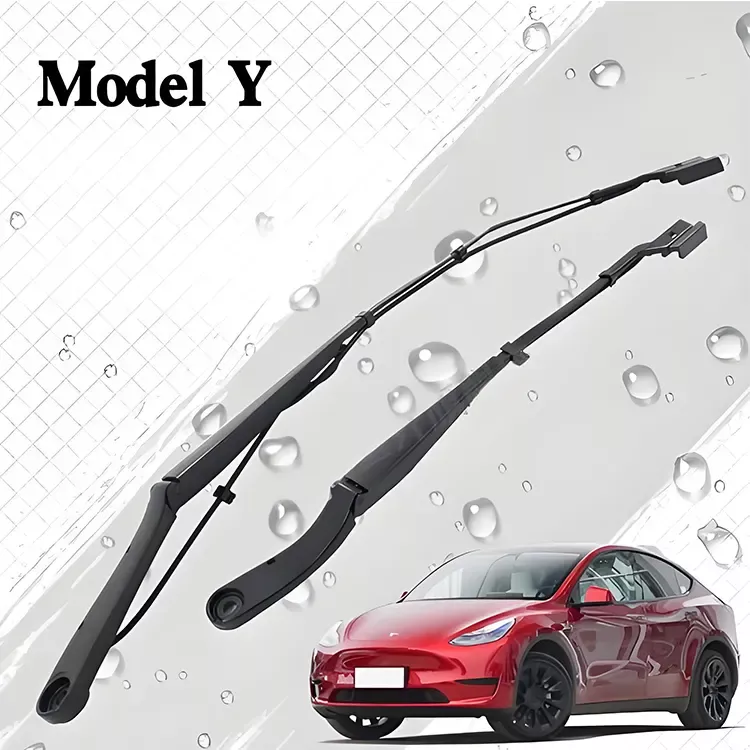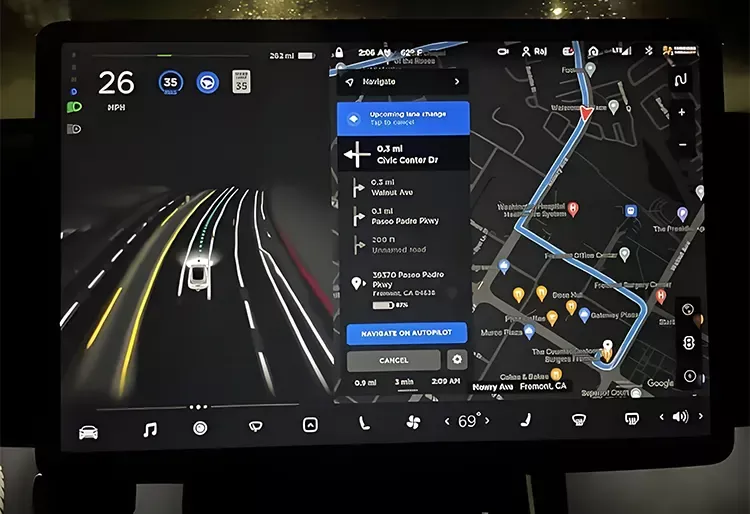More Teslas are showing up in workshops, and with them come new challenges for parts replacement, especially when it comes to universal wiper blades. On the surface, the Model 3 and Model Y appear to use a standard hook-style wiper arm. But in practice, most universal blades don't fit or perform as expected. Here's why.
A Hook That Isn't Quite Standard
Tesla's wiper arm looks familiar, but it's subtly different from the traditional J-hook. The opening is narrower, and the depth of the hook is slightly longer. Most aftermarket universal wiper blades aren't shaped to match, and that mismatch leads to a loose fit—or worse, blades that pop off under pressure. That's a serious risk, especially during high-speed or heavy rain driving.

Not All Rubber Is Equal
Tesla's wiper motors apply more force than typical systems, and the large, curved windshield puts extra demand on the blade's material. Many generic wipers use lower-grade rubber that wears quickly or can't maintain consistent pressure. The result? Chattering, skipping, or streaking—issues that directly impact visibility and driver safety.
Smart Wiper Systems, Sensitive Responses
Tesla's system doesn't just power the wipers—it monitors them. If the software detects unusual resistance, fit issues, or incomplete wiping, it may trigger a warning. In some cases, the system disables the blades until the problem is addressed. This has led to an uptick in searches like "Tesla wiper blade error reset", as drivers try to clear alerts caused by incompatible blades.

The Problem with “Tesla-Compatible” Labels
With more Tesla drivers on the road, many blade manufacturers now label their products as “Tesla-compatible.” But not all of them live up to that claim. Some universal wiper blades may technically attach but still fit poorly or cause system errors. Others come with “universal” adapters that don't properly support Tesla's specific arm design.
If you're sourcing replacements—especially for shops or wholesale customers—be wary of vague labeling. A proper Tesla-compatible blade should list the supported models (Model 3, Model Y, etc.), include custom adapters, and provide evidence of compatibility testing.
Costly Mistakes and Customer Complaints
Incorrect wipers don't just create inconvenience—they can cost money. A misfitting blade might scratch the windshield, trigger system errors, or lead to service complaints. That's especially frustrating when customers learn the Model Y wiper replacement cost at the dealership is significantly higher than average.
What Shops and Drivers Should Do
1. Double-check the connector fit—Tesla arms require precision.
2. Choose products specifically tested for Tesla vehicles.
3. Avoid low-cost universal blades that don't mention Tesla by model.
4. After installation, confirm operation and clear any alerts from the display.
Teslas bring new expectations not only in driving but also in servicing. Something as simple as a wiper blade demands closer attention—both in design and in compatibility. For shops, offering the right replacement means fewer returns and happier customers. For Tesla owners, the right choice ensures clear visibility and keeps the system running trouble-free.
Ready to upgrade your Tesla wiper blade supply?
Let’s make it easy, whether you need a quote or advice.
Just drop us a message at enquiry@xmyujin.com. We’re here to help!
? Or check out: Our Factory

